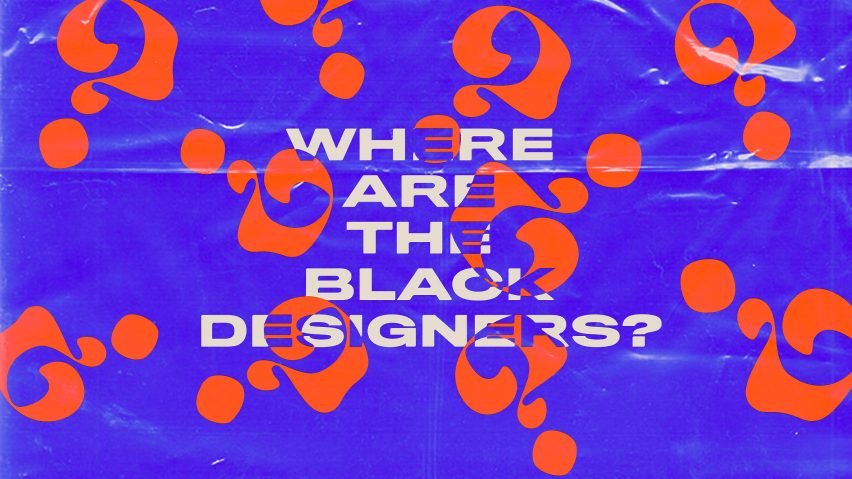
"Hire black designers first and foremost," say organisers of Where are the Black Designers? anti-racism conference
On 27 June, a virtual conference called Where are the Black Designers? will tackle racism in design. Dezeen spoke to the organisers about its objectives and the "overwhelming" response from the industry.
"The expectation was that maybe a couple of hundred people would attend," said co-organiser Garrett Albury, who is a New York-based interaction designer.
Instead, since the Where are the Black Designers? (WATBD) conference was announced less than a month ago, close to 10,000 people have signed up to attend online. "We've just had such an overwhelming response," said Mitzi Okou, who is running the event together with Albury.
Conference will "tackle the diversity issue"
Okou, a visual and interaction designer based in San Diego, announced the conference in an Instagram post on 5 June, saying it would contain lectures and workshops exploring "how we can come together and use our skills to creatively resolve issues within this racist system as well as tackle the diversity issue within the creative and tech field".
"We're still getting emails from design studios, companies and agencies saying that they want to help even just a few days before the conference," she told Dezeen.
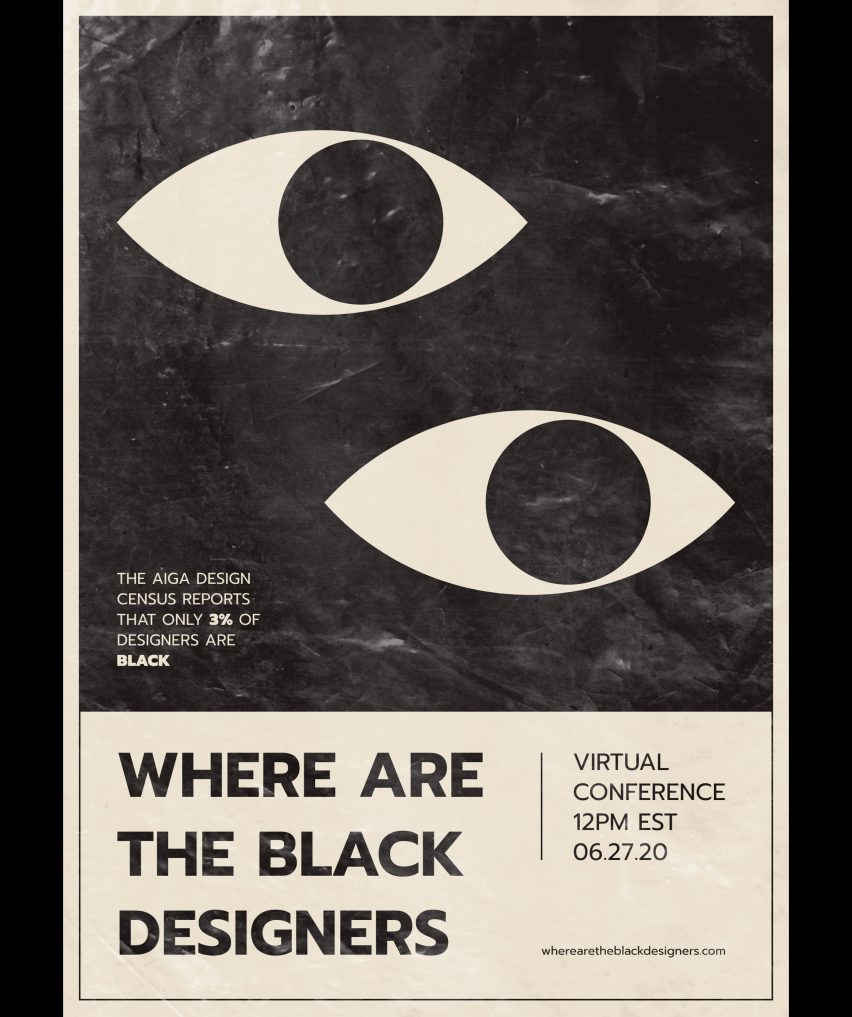
Over a series of live-streamed panel talks, lectures and workshops on 27 June between 9:00am to 2:00pm Pacific Time, the conference will tackle the underrepresentation of black talent across both the design industry and education system. It will also explore how designers can combat systemic racism more generally.
Those keen to watch the conference can RSVP to receive a Zoom link, while discussions will be hosted in a Slack community.
"This is really important, we want to listen and talk about it"
The conference has been supported by people and companies across the industry, with some offering up advertising space pro-Bono and others donating money to compensate speakers.
"Almost every delegation of the creative and tech community is coming together to say: this is really important, we want to listen and talk about it," said Okou who works at technology company HP.
"It's been everyone from big tech companies to prominent and up-and-coming design studios, even some startups and educational institutions."
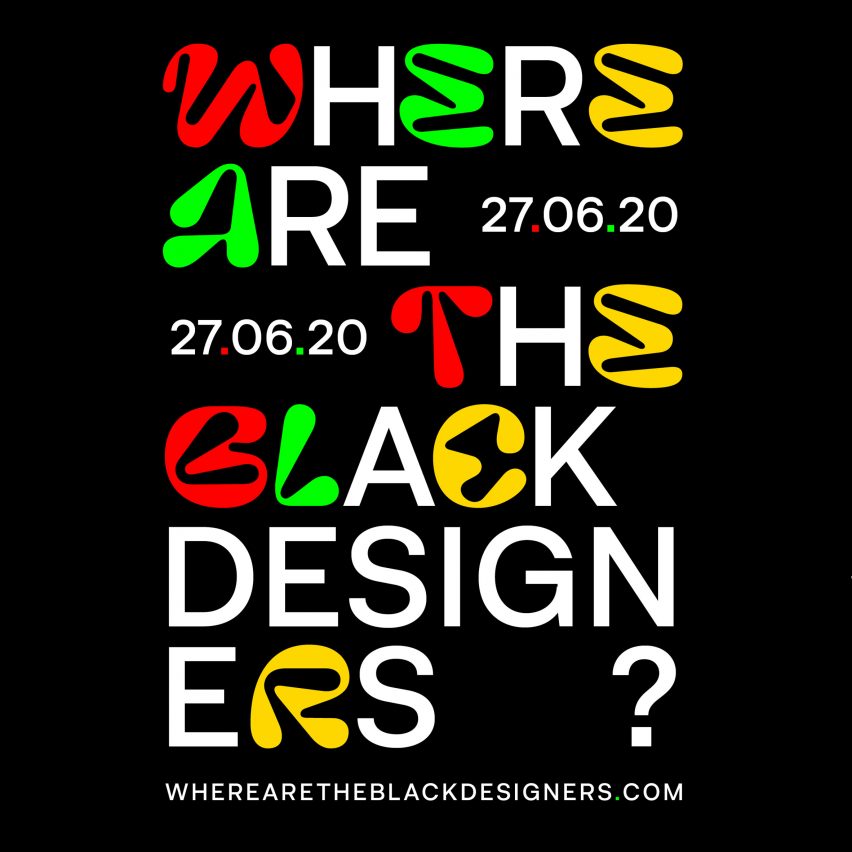
Several sponsors made the decision to remain unnamed and omit their logos from the WATBD website.
"I think they don't want to be seen to be doing this as some kind of write-off," said Okou. "They don't want to take away the spotlight from this really important conversation, especially as most of these companies are predominantly white."
"We need companies to publicly confront themselves"
A section of WATBD will be dedicated to black and non-white designers and entrepreneurs.
This includes Shabnam Kashani, an inclusive interaction designer at Google who will be speak about racially biased algorithms, and Vanessa Newman who founded graphic design collective Design to Divest, which offers free services to anti-racism organisers.
Naj Austin will talk about opening people-of-colour private member's club Ethel's, while Antionette Carroll of the Creative Reaction Lab will discuss the initiative's mission to engage young black and Latinx people in designing "healthy and racially equitable communities".
The event will also feature some white establishment figures, such as IDEO CEO Sandy Speich, Cooper-Hewitt's curator of contemporary design Ellen Lupton and Chris Livaudais, executive director of the Industrial Designers Society of America Institute of Graphic Arts.
"We're going to have a lot of white people watching, so it's not only about highlighting black voices and their experiences because we can scream out to the wind that we've been experiencing this for years," said Okou.
"But it's about asking: how can white and non-black designers use their privilege to lift others up?" she continued.
"We need companies to publicly confront themselves, and be open about the fact that they are contributing to the problem. And we also need to work at holding companies accountable for this."
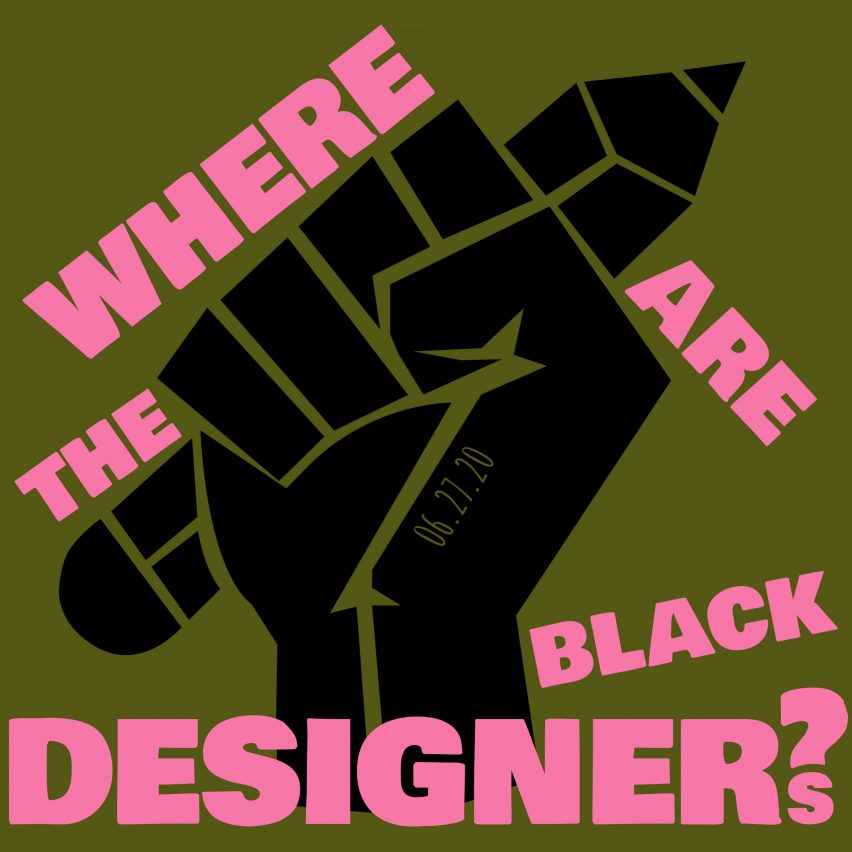
Okou and Albury have called for people to submit WATBD poster designs to their Instagram page, where they are shared alongside the handle of a company or institution that the designer thinks could do better.
More than 600 posters have been shared so far, calling out studios like graphic designer Pentagram and architect Skidmore Owings & Merrill, clothing brands Nike and Adidas and educational institutions including The Rhode Island Schoool of Design.
"We got people reaching out from some of those companies asking how they can engage, asking if there's space for their design teams to attend," said Albury, who works as a user experience designer for Capital One bank in New York.
"Hire black designers first and foremost"
The WATBD organisers are calling on companies, studios and design schools to be more transparent about black representation and commit to making meaningful changes.
"Firms should "hire black creatives first and foremost", said Albury who called for "a daily and lifelong to dedication to understanding and to decolonising design".
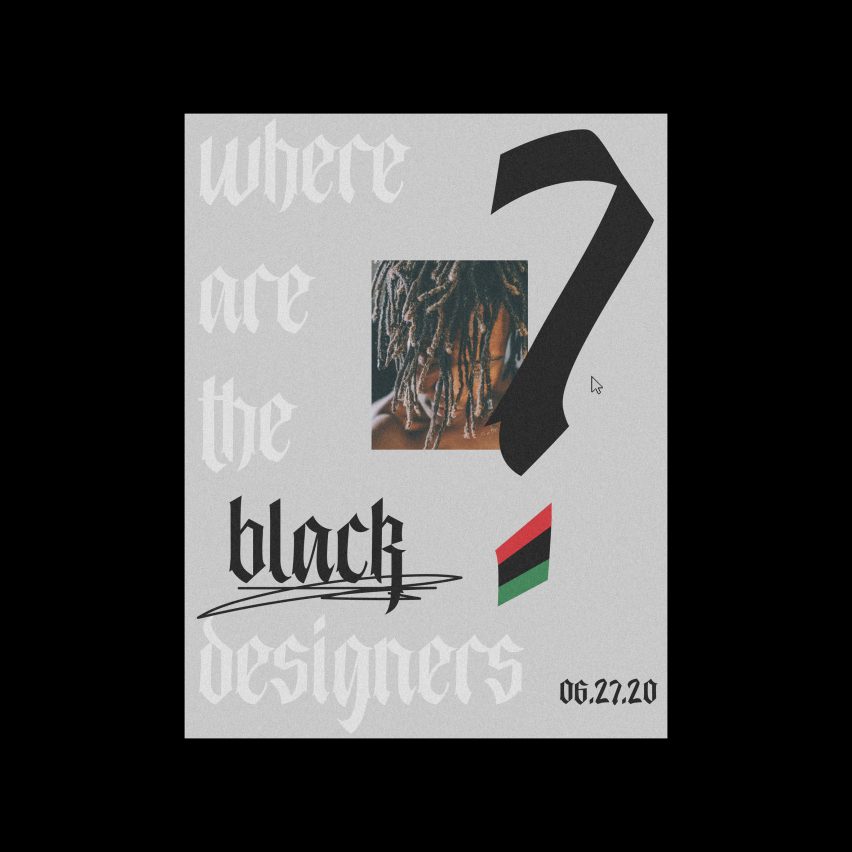
Only three per cent of designers in the US are black, according to the 2019 AIGA Design Census, while in the UK a 2018 Design Council report found that people of black, Asian and minority ethnic backgrounds (BAME) make up only 13 per cent of design industry employees.
Black people are on average paid less than their white counterparts for the same job and are less likely to be promoted to leadership positions. However, little specific data is available for design businesses.
"Companies are still not as accessible, they don't share their hiring practices, they don't share their demographics, so we don't know what they're doing," said Okou.
"It's a weird feeling looking around, knowing it's a problem but not being able to say anything because you don't have any data to back you up. And you feel if you say something, people are just going to resort to those stereotypes of calling you crazy or angry."
WATBD was originally conceptualised by Okou and Albury during their final year of studies at the Savannah College of Art and Design to address the lack of black creatives at the school.
But the initiative was reinvigorated in the wake of George Floyd's death in police custody in May, which was caught on video and sparked Black Lives Matter protests across all 50 US states and at least 18 other countries.